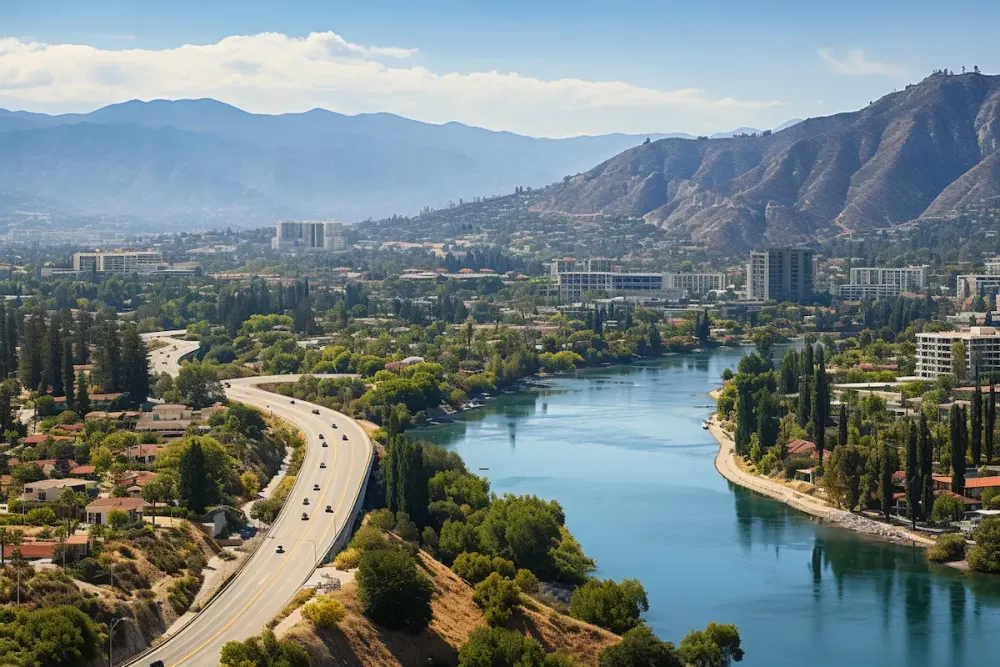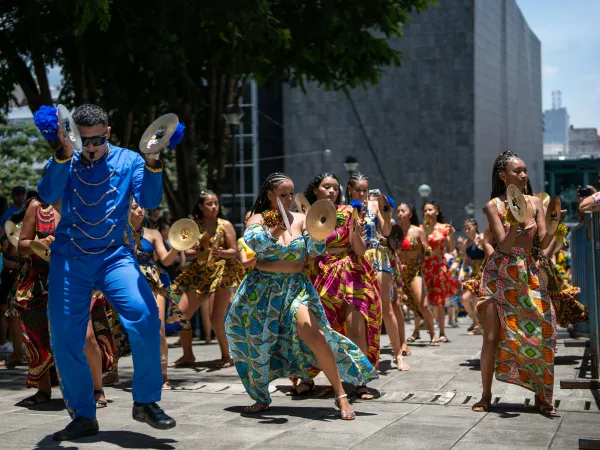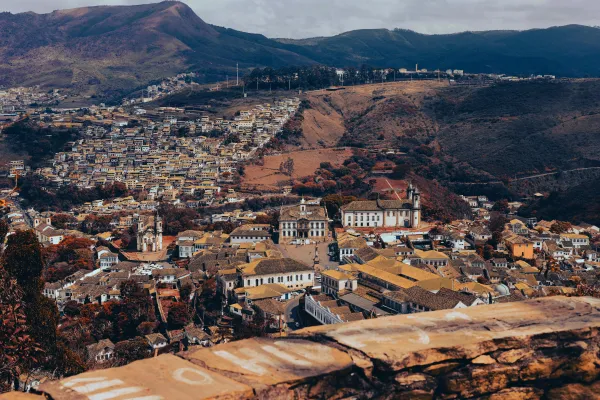14 Things To Do In San Fernando Valley, 'The Valley' In California
The San Fernando Valley is a vibrant and diverse region in Southern California, filled with unique attractions and experiences that capture the essence of LA.
Known as “The Valley”, this area is a popular destination for locals and visitors alike, offering a mix of entertainment, culture, and natural beauty. From the lively atmosphere of Universal CityWalk to the artistic spirit of the NoHo Arts District and the tranquility of Lake Balboa Park, the San Fernando Valley has something for everyone.
One of the Valley’s standout qualities is its variety of attractions. Visitors can explore Hollywood nostalgia at the Brady Bunch House, dive into history at Mission San Fernando Rey de España, and enjoy family-friendly outdoor activities at Lake Balboa. For those interested in culture, the Valley features must-see destinations like the Autry Museum and the colorful Great Wall of Los Angeles mural.
With this guide, we'll discover some of the best things to do in San Fernando Valley. So, let's get started!
1. Pick Your Fancy at Universal CityWalk
⭐⭐⭐⭐⭐ - Aditi Bhattacharya
Visited Hollywood CityWalk late in the evening after a long day at Universal Studios, and it was absolutely worth it. The place was beautifully lit, vibrant, and super jazzy—perfect to unwind and soak in the energy. Great food options, lively atmosphere, and a fun crowd made the experience even better. It felt like the perfect extension to an already amazing day. Definitely recommend visiting CityWalk at night! 🌃✨🎶
Universal CityWalk is an exciting entertainment, dining, and shopping complex that offers a full LA experience with a touch of Hollywood glamor. Situated adjacent to Universal Studios Hollywood in the San Fernando Valley, CityWalk is bustling with energy, bright neon lights, and a variety of attractions. This sprawling promenade features themed restaurants like Jimmy Buffett’s Margaritaville and Voodoo Doughnut, where you can indulge in quirky, delicious treats.

CityWalk isn’t just about dining, though. The complex also hosts a cinema with IMAX screens for an immersive viewing experience and a range of retail shops to explore, from high-end brands to unique boutiques. Street performers and musicians often provide live entertainment, adding to the area’s lively atmosphere.
For thrill-seekers, Universal CityWalk even has indoor skydiving at iFLY Hollywood. It’s the perfect destination for anyone looking to capture the Hollywood vibe without entering the theme park itself. Open late into the night, CityWalk is an ideal spot to experience the electrifying nightlife of the San Fernando Valley.
Fun Fact:
Universal CityWalk opened in 1993 and features a 5-story guitar that stands as one of the largest neon signs in Los Angeles. It’s also home to one of the only outdoor, free-standing IMAX theaters in California.
2. Visit the Los Angeles Zoo and Botanical Gardens
⭐⭐⭐⭐⭐ - LA NANCHI
I give it a five because GOD KNOWS IT NEEDS IT.
IT WAS DEFINITELY DEAD ON A MONDAY, BUT! My kiddos loved it. They were so many animals that look lonely specially the Mountain Tapir, people kept ignoring his enclosure because no humans were around to welcome people. I mean people just passed it because they thought it was closed. I stayed for a while with him. THIS PLACE NEEDS HUMAN CONTACT OR OTHER TYPE OF CONTACT. Other animals where just happy and there was many closed cages. THE Rhino and Tiger were a hit with my kid. So under rated, $27 is not bad to chill and enjoy the zoo itself 🥳
Located within the expansive Griffith Park, the Los Angeles Zoo and Botanical Gardens is one of the top family-friendly attractions in the San Fernando Valley. The zoo spans 133 acres and is home to over 1,400 animals, featuring species from across the globe, including endangered animals like the snow leopard and Sumatran tiger. The zoo is known for its naturalistic habitats, which offer an educational experience, bringing visitors closer to animals and fostering respect for conservation.
In addition to the zoo, the adjoining Botanical Gardens provide lush, green spaces and themed gardens that showcase native and exotic plants. The Rainforest of the Americas is one of the most popular exhibits, giving guests a chance to walk through a tropical environment complete with waterfalls and fascinating wildlife.
The zoo also hosts seasonal events, like Zoo Lights during the holidays, where the grounds transform into a spectacular light display. The Los Angeles Zoo and Botanical Gardens is perfect for families, nature enthusiasts, and anyone looking to spend a day exploring animals and plants. A visit here adds a unique combination of education, entertainment, and adventure to your San Fernando Valley experience.
Fun Fact:
The Los Angeles Zoo houses over 1,400 animals from more than 270 species, including several rare and endangered animals like the Sumatran tiger and the California condor.
3. Enjoy the Outdoors at Lake Balboa Park
⭐⭐⭐⭐⭐ - Jordan Leveck
Always a fun experience. I often take photos at this park, and always have fun here! It's quite relaxing. Sometimes I bring my dog to the park here, and we both have an amazing time. Its calming, parking is never a problem either.
For outdoor enthusiasts visiting the San Fernando Valley, Lake Balboa Park is an ideal destination for relaxing and enjoying nature. Located within the Sepulveda Basin Recreation Area, Lake Balboa features a scenic 27-acre lake where you can rent paddle boats, fish, or simply enjoy the view. The park is especially famous for its cherry blossom trees, which bloom in spring, creating a stunning pink landscape that attracts photographers and nature lovers.
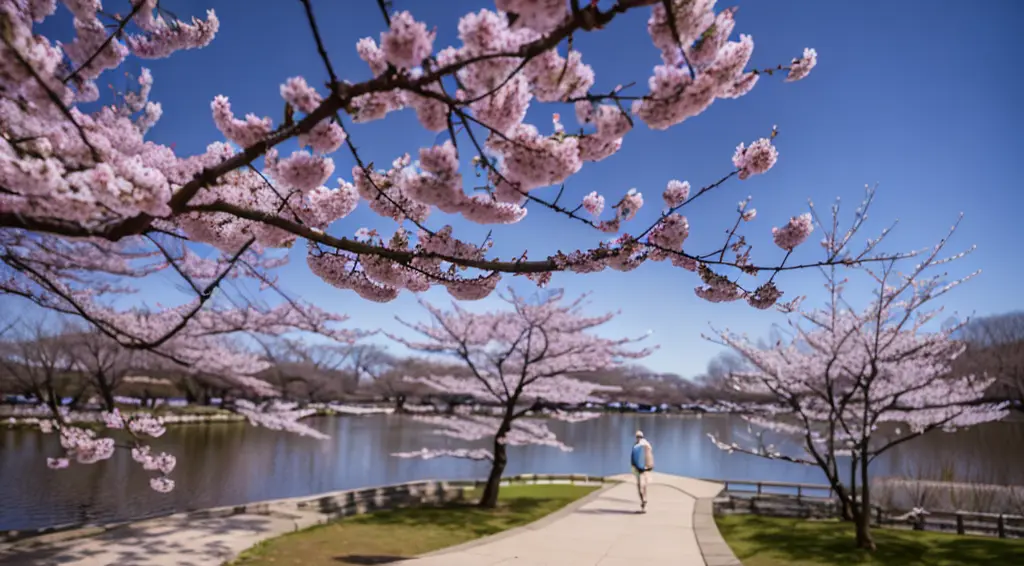
Lake Balboa Park is also a perfect spot for recreational activities. It has shaded picnic areas, open green spaces, playgrounds, and a network of paved trails for jogging, biking, or a peaceful walk around the lake. Bird watchers can spot local species like herons and ducks, adding a bit of wildlife to the park’s serene environment.
The park’s combination of outdoor activities and natural scenery makes it a favorite spot for locals and visitors alike.
Fun Fact:
Lake Balboa Park becomes a breathtaking scene each spring as more than 2,000 cherry blossom trees bloom, attracting visitors from across Southern California.
4. Aliso Canyon Park
⭐⭐⭐⭐⭐ -
Located at 18041 Rinaldi Street in Granada Hills, Aliso Canyon Park spans roughly 60 acres of undeveloped terrain owned by the City of Los Angeles Department of Recreation & Parks. Though once privately held equestrian property, city leaders acquired and converted the land beginning in 1999 to reserve open space and preserve it from development.
Today, its amenities include walking paths, picnic areas, horse trailer parking, and an equestrian ring with restroom facilities—all designed to maintain a natural feel while supporting public access. Gentle, tree-shaded trails follow Aliso Canyon Creek, crossing pedestrian and equestrian bridges over riparian habitat. Native grasses and meadowland stretch beneath coastal live oaks, offering scenic respite within the urban sprawl.
Visitors often comment on its quiet charm, ease of access, and unspoiled nature—ideal for gentle hikes, horseback riding, or picnicking near oak-studded groves. Aliso Canyon Park stands not as a flashy destination, but as a thoughtful balance of nature, community, and conservation within the San Fernando Valley.
5. Jerome C. Daniel Overlook Above the Hollywood Bowl
⭐⭐⭐⭐⭐ -
Perched at 7036 Mulholland Drive, the Jerome C. Daniel Overlook presents one of Los Angeles’s finest panoramic views, from the Hollywood Bowl amphitheater down to Downtown Los Angeles and, on especially clear days, the Pacific and Catalina Island. The overlook was built in 1984 in preparation for the Summer Olympics and offers plaques detailing both local geography and Jerome Daniel’s role in preserving the scenic Mulholland corridor.
From here, you can see the Hollywood Sign, Griffith Observatory, and the sprawling valley below. Telescopes are provided for closer views, and parking is available alongside scenic trails. It’s a popular stop for tours and photographers alike
6. The Getty Center
⭐⭐⭐⭐⭐ -
The Getty Center perches atop a hill in the Brentwood area of Los Angeles, opening in December 1997 after a $1.3 billion project led by architect Richard Meier. Built to house the J. Paul Getty Museum’s European paintings, decorative arts, manuscripts, photography, and outdoor sculpture, the twin complex spans six buildings connected by terraces, bridges, and gardens. Its Central Garden—designed by artist Robert Irwin—is a living sculpture of flowing water, rough-hewn stone, and shifting floral mosaics that never bloom the same way twice.

More than architecture and art, the Getty Center reflects the Getty’s vision of public accessibility, cultural preservation, and philanthropy: the museum welcomes over a million visitors annually, presenting works spanning centuries alongside stunning views of Los Angeles and the Pacific.
From the arrival plaza to the rooftop terraces, it's an experience woven with intention, perspective, and discovery. And while its design is earthquake- and fire-resistant, its calm atmosphere makes the Getty feel like both a sanctuary and a statement of civic ambition
7. Top of Topanga Overlook
⭐⭐⭐⭐⭐ -
At the crest of Topanga Canyon Road, the Top of Topanga Overlook provides sweeping views of the Santa Monica Mountains, the Pacific coastline, and the vast expanse of greater Los Angeles. While the overlook itself is modest, just a pullout with wooden benches, it lies along one of L.A.’s most scenic drives. As the highway snakes upward, visitors gain elevation and perspective, rising above chaparral-clad ridges before arriving at this quiet vantage point.
It remains a favorite among photographers chasing light at sunset, locals seeking a brief respite, or drivers discovering Topanga’s deep, canyon-carved history. From civilization to wilderness in a breath’s width, this is landscape storytelling at its simplest.
8. Feel Racial Harmony at the Great Wall of Los Angeles
⭐⭐⭐⭐⭐ -
The Great Wall of Los Angeles is one of the most powerful artistic landmarks in the San Fernando Valley. Spanning over half a mile along the Tujunga Wash, this mural is one of the longest in the world and depicts key moments in California’s multicultural history. Created by artist Judith Baca with help from over 400 community members, the mural was designed to promote social justice and harmony by highlighting significant events, from the state’s Indigenous roots to the civil rights movement.
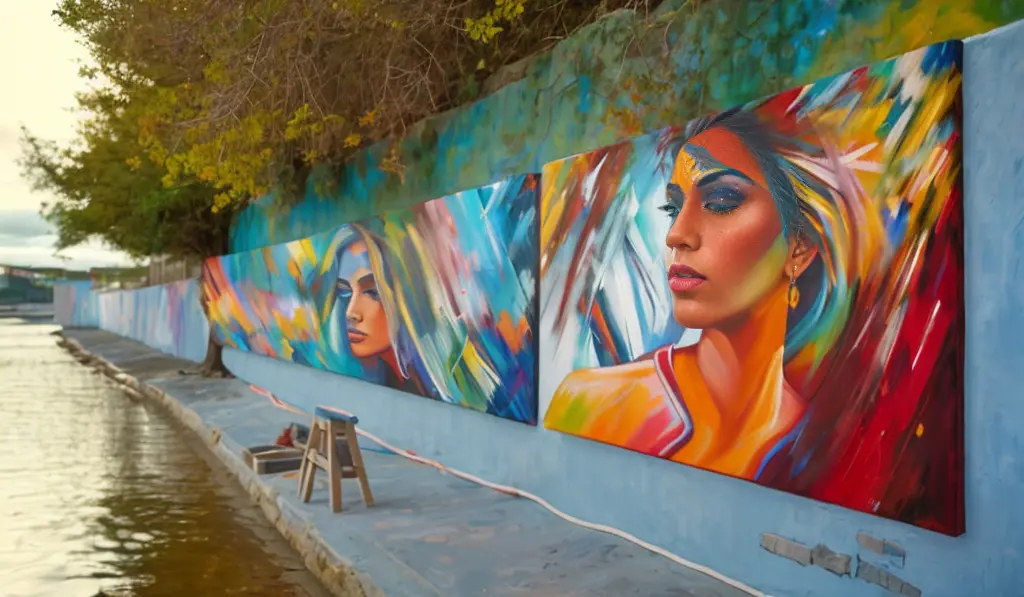
With vibrant illustrations depicting stories often left out of textbooks, the Great Wall invites visitors to walk along its length and reflect on California’s diverse heritage. A popular educational site, it frequently draws students, historians, and tourists alike.
Fun Fact:
Stretching half a mile, the Great Wall of Los Angeles is one of the longest murals in the world, depicting a timeline of California’s history, with a focus on underrepresented communities.
9. Griffith Observatory
Founded in 1935 atop Mount Hollywood, Griffith Observatory was donated by Griffith J. Griffith with a mission to make astronomy accessible to the public. The Art Deco–inspired building, expanded in a major renovation in 2006–2008, houses space-themed galleries and the world’s most-viewed telescope. It offers sweeping views across the Los Angeles basin—from the Hollywood Sign to the ocean—and admission is free.
The observatory played a role in World War II, training pilots and even Apollo astronauts. Exhibits span everything from historical telescopes to immersive digital shows in the Leonard Nimoy Event Horizon Theater. The surrounding Griffith Park, one of the largest urban parks in North America, offers miles of hiking trails, lush canyon greenery, and wild vistas beyond the observatory itself.
10. Visit the Mission San Fernando Rey de España
⭐⭐⭐⭐⭐ -
Founded in 1797, Mission San Fernando Rey de España is a serene historical site and one of California’s 21 Spanish missions. Located in the heart of San Fernando Valley, this mission offers visitors a chance to step back into the past and explore California’s Spanish colonial history. The mission complex includes a beautiful chapel, tranquil gardens, and a museum filled with artifacts that reveal the lives of early settlers and the indigenous Tongva people.
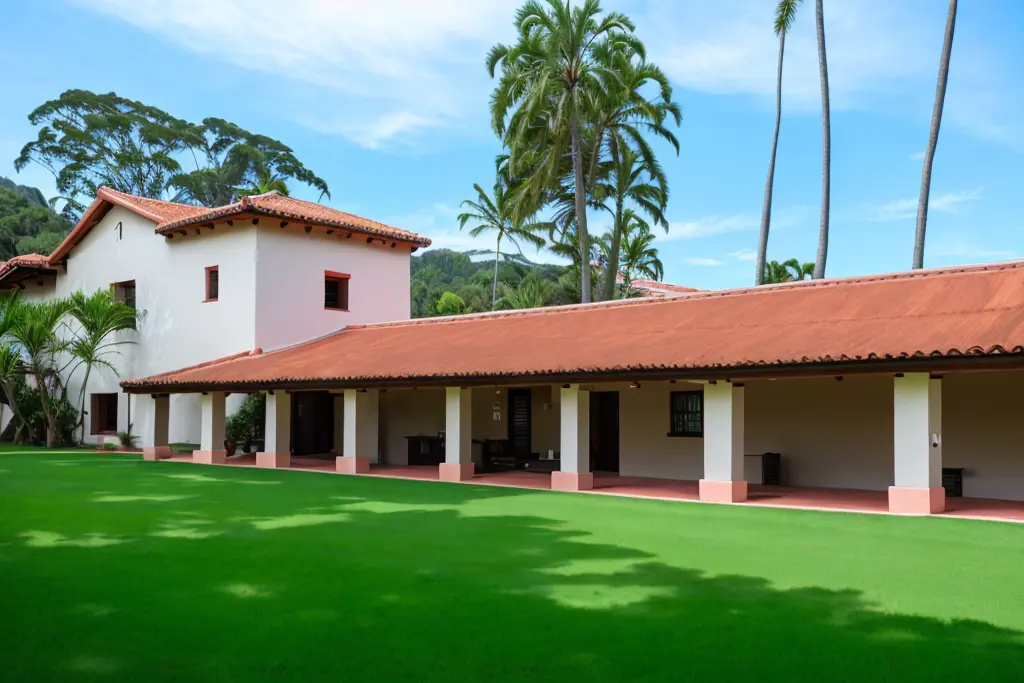
Wander through the mission’s courtyard, lined with fountains and blooming flowers, or explore the relics housed in its museum. The mission remains an active place of worship, so visitors can also attend services or take quiet time for reflection.
Fun Fact:
ounded in 1797, Mission San Fernando is one of California’s original 21 missions, and its stunning church, gardens, and museum attract thousands of visitors every year.
11. Relive Old Ranch Living in Leonis Adobe
⭐⭐⭐⭐⭐ -
Step into the 19th century at the Leonis Adobe Museum in Calabasas, one of the oldest standing structures in Los Angeles County. Built in the 1880s, this preserved ranch house offers a glimpse into ranch life in early California, complete with artifacts, antique furnishings, and farm animals. Known as the "last of the great ranchos," Leonis Adobe brings Old West history to life through interactive exhibits and guided tours.
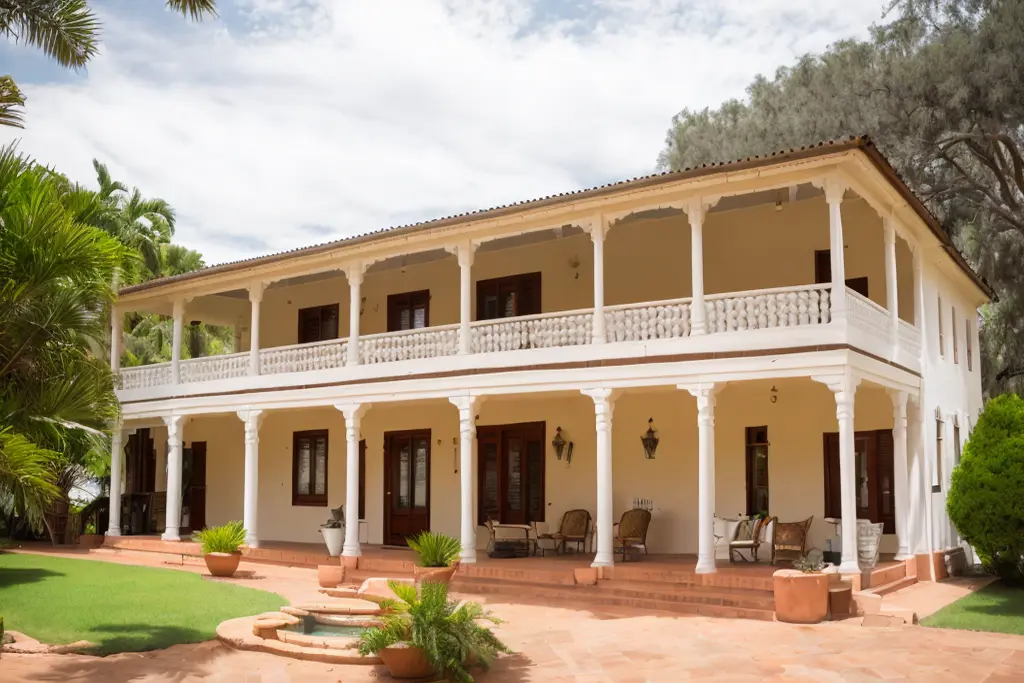
The grounds also feature a barn, a blacksmith’s shop, and a working farm with chickens, sheep, and other animals, making it a hit with families and history buffs alike. The museum frequently hosts educational programs and seasonal events, perfect for visitors interested in California’s pioneer past.
Fun Fact:
The Leonis Adobe Museum is one of the oldest standing buildings in Los Angeles County, built in the 1880s, and is said to be haunted by its original owner, Miguel Leonis, who was known as the “King of Calabasas.”
12. Universal Studios Hollywood
⭐⭐⭐⭐⭐ -
From its origins as a working film studio founded by Carl Laemmle in the 1910s, Universal Studios Hollywood evolved into an immersive theme park in 1964 with the debut of the original Studio Tour, nicknamed the Glamour Trams. Now one of California’s premier attractions, it blends cinematic legacy with modern thrills. Guests still ride the backlot tram through famous sets, from Psycho to Back to the Future, even as the tour incorporates landmark attractions like the Earthquake simulator and Fast & Furious Supercharged. In 2023, attendance reached nearly 9.66 million, making it one of the most visited parks in the world.
Today, Universal is home to ten major rides, including immersive lands like Super Nintendo World and Wizarding World of Harry Potter. Visitors witness the evolution of entertainment, from backlot artifacts to high-tech attractions, while every corner hums with the history of nearly a century of filmmaking and innovation. Universal Studios Hollywood remains as much a creative campus as a playground, where the past and future of Hollywood converge.
13. Meditate at Woodley Park’s Japanese Garden
⭐⭐⭐⭐⭐ -
The Japanese Garden at Woodley Park offers a tranquil escape within the bustling San Fernando Valley. Modeled after traditional Japanese gardens, this serene spot features winding paths, koi ponds, bridges, and a teahouse, creating a peaceful space for meditation and reflection. Known as “SuihoEn” or the “Garden of Water and Fragrance,” the Japanese Garden spans 6.5 acres and is designed to highlight seasonal beauty and harmony with nature.
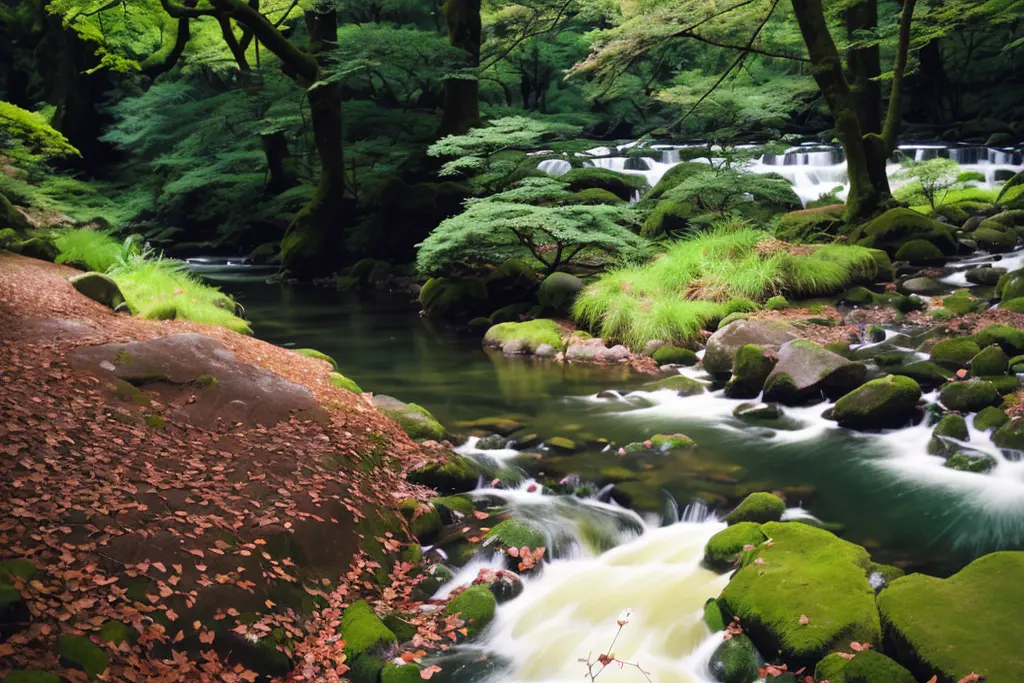
Stroll through carefully landscaped areas filled with cherry blossoms, bonsai trees, and water features that promote a sense of peace. The garden’s layout follows Japanese design principles, creating spaces that encourage visitors to pause and enjoy the surroundings.
Fun Fact:
Known as “SuihoEn” or the “Garden of Water and Fragrance,” this Japanese garden uses reclaimed water from the LA River, making it one of the world’s few Japanese gardens with a focus on water conservation.
14. SuihoEn – The Japanese Garden (The Japanese Garden)
⭐⭐⭐⭐⭐ -
In the middle of the San Fernando Valley’s Sepulveda Basin Recreation Area lies SuihoEn—the Japanese Garden, a 6.5-acre oasis of water, stone, and serenity. Opened in 1984 and designed under the guidance of UCLA landscape professor Koichi Kawana, it blends three distinct styles: a Zen meditation garden of gravel and stones; a Chisen stroll garden with ponds, waterfalls, stone lanterns, and native plantings; and a traditional Shoin garden built around a teahouse.
Set beside the Tillman Water Reclamation Plant, the garden flows with reclaimed water in a thoughtful nod to sustainability—a rare trait in urban design. Visitors navigate stone bridges along koi ponds, pause beneath wisteria arbors, or rest along raked moss gardens. Admissions are free, and while weekends may require prior reservations, weekday access is open unless recent rain has forced closure. More than a visual retreat, SuihoEn showcases how cultural craftsmanship and sustainable design can transform reclaimed land into timeless tranquility.
Conclusion
The San Fernando Valley truly offers an incredible variety of experiences, making it one of the most diverse areas to explore in Los Angeles.
The Valley has a unique blend of old and new, perfect for every type of traveler. Nature lovers will find serenity in places like Lake Balboa Park and the peaceful Japanese Garden at Woodley Park, while art enthusiasts can delve into the local culture at the NoHo Arts District and the Autry Museum of the American West.
For those interested in local flavors, the Valley’s Ventura Boulevard is packed with restaurants, cafes, and boutiques, offering a taste of LA’s famous dining scene. Family-friendly spots like the Los Angeles Zoo make it an ideal destination for travelers of all ages.
Embrace all that the Valley has to offer and uncover why it’s one of LA’s most beloved areas.
FAQ
1. What is the San Fernando Valley best known for?
The San Fernando Valley is known for its diverse range of attractions, from cultural landmarks like Mission San Fernando Rey de España to arts districts like NoHo, shopping experiences on Ventura Boulevard, and natural spots like Lake Balboa Park. It is also famous for its role in the entertainment industry, being close to Universal Studios and other film-related venues.
2. Is it easy to get around the Valley?
While public transportation is available, including buses and the Metro, having a car is generally the most convenient way to explore the San Fernando Valley. Many attractions are spread out, making it challenging to rely solely on public transport.
3. Are there family-friendly activities in the San Fernando Valley?
Absolutely! Places like the Los Angeles Zoo, Lake Balboa Park, and Universal CityWalk offer a variety of activities that are suitable for families. Kids can also enjoy the Sepulveda Basin Sports Complex for sports and the Autry Museum for educational activities.
4. Is the San Fernando Valley safe for tourists?
Generally speaking, the Valley is considered to be safe, especially in the tourist-friendly areas. However, as with any urban area, it's important to stay alert and aware of your surroundings.
5. What is the best time to visit?
The San Fernando Valley experiences a Mediterranean climate, making it pleasant to visit year-round. However, the spring and fall offer moderate temperatures and less crowded attractions.
6. Are there cultural and spiritual sites to visit?
Yes, the Valley is rich in cultural and spiritual sites. Wat Thai Temple offers a slice of Thai culture and Buddhism, while the Great Wall of Los Angeles provides a vivid artistic representation of the diverse history of the area. The Mission San Fernando Rey de España is another must-see cultural landmark.
7. What kinds of shopping experiences can I expect?
From high-end fashion stores to quirky boutiques, Ventura Boulevard offers a diverse shopping experience. For those interested in vintage and local crafts, the NoHo Arts District is a great place to shop.


